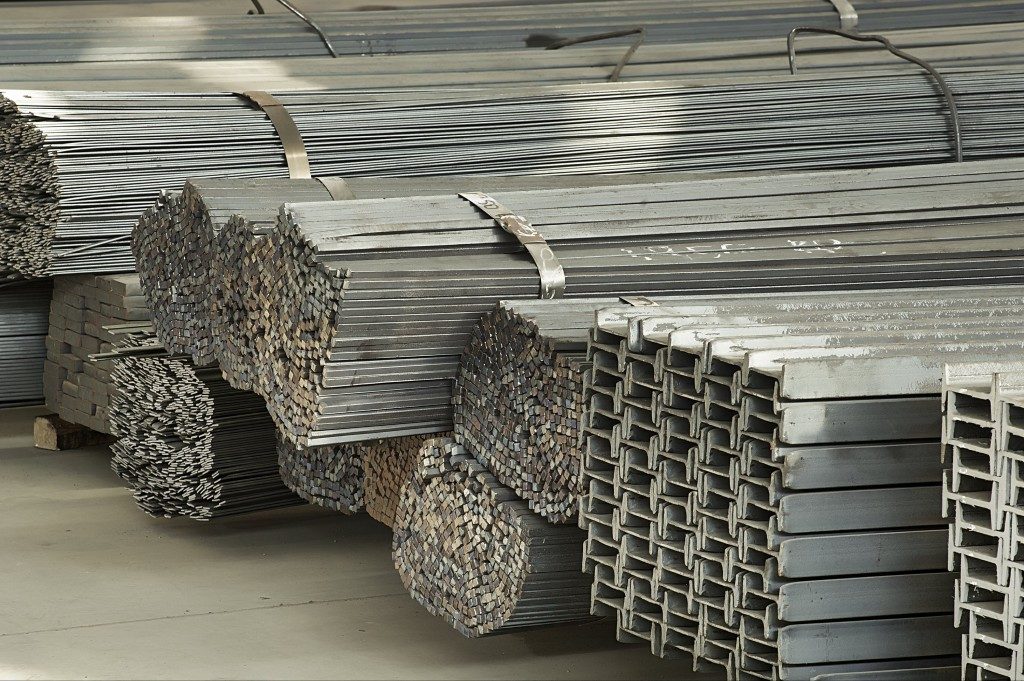Steel beams come in different specifications and forms as they have a variety of applications. The wide range of available products is at times confusing and can make going through different products challenging. Fortunately, identifying your needs shifts your attention to the most relevant steel beam supplies. The main factors to consider include:
Shape
The shape of a beam affects its weight and strength. These two ultimately influence the beams’ cost. There are two basic beam shapes. Wide flange beams are generally categorised as W, H, S or I beams, have thick non-tapered flanges on the sides, and are wider than most axles. They can withstand stress such as shear loads and bending. Junior beams, on the other hand, have tapered flanges to strengthen them. When seeking support for walls or buildings, I and H beams are most appropriate. The I beam series can also serve as construction columns.
Grading
There are industry-specific requirements for beam strength depending on their intended use. Mills categorise these according to set industry specifications and depending on the strength of the material used. Newer beams come with stronger standards with the old models being phased out as the former are made from better material. Depending on the manufacturing process, the end product can be classified as coming from low-alloy grades, carbon steel, high-yield steel or mild steel.
Size

Size in beams refers to various aspects. It takes in to account the nominal depth, length and pounds per linear unit of the shaft. Decoding the size is critical in determining how appropriate a beam is for the given task. A beam with the size label as W12 X 50 X 40 wide is 12 inches high, weighs 50 pounds per foot and is 40 feet long.
Given these specifications, it is also possible to calculate the weight of the beam by multiplying the weight per linear unit by the length. In this case, the shaft is 2000 pounds heavy. Depending on the profile of the beam, you can determine the size in the same way. Only the letter W is likely to vary. For pieces whose pricing is based on the weight, knowing the size is essential.
Quantity
In some cases, the supplier will have a minimum order requirement to qualify for incentives such as free transport. Meeting this requirement will save you on the overhead costs and offer you the convenience of receiving your products at the project site. Knowing the amount you need also prevents the supplies from running out before the project is over.
Beams have a variety of applications, including offering support in residential and commercial construction and acting as support columns for bridges, trolley paths, and platforms. Finding an appropriate one for your construction project is vital to its success. Researching and using readily available tools online will help you identify the right specifications. If the available range of products can’t satisfy your needs, ask for customised supplies. Also, consider seeking the guidance of experts in case you experience any difficulty.




